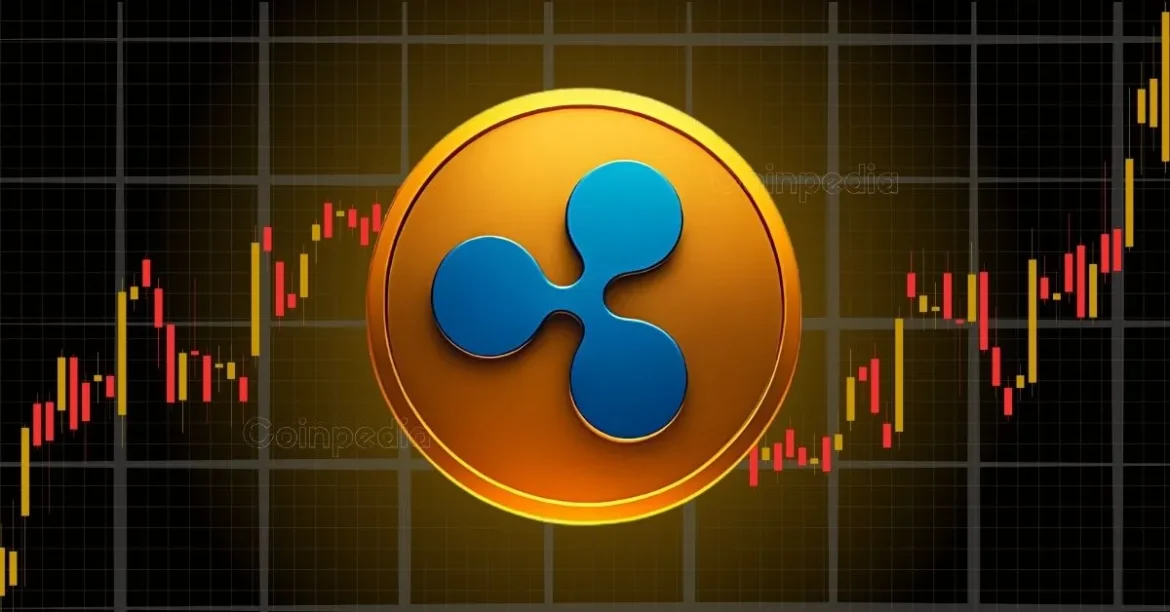The Complex Landscape Surrounding XRP: Financial Expert Gary Cardone’s Critical Stance and Ripple’s Strategic Alignment
The cryptocurrency XRP, associated with Ripple Labs, continues to be a polarizing subject in the crypto-financial industry. Recently, Gary Cardone, a seasoned investor and financial expert, issued notably harsh critiques of XRP, likening it to “the COVID-19 of finance” and accusing it of aligning with oppressive regimes to ensure its survival amid unfolding developments involving the European Central Bank (ECB) and their upcoming digital euro project. This report provides a comprehensive breakdown of the ongoing discourse, the underlying factual context, and the broader implications for XRP, Ripple, and the crypto market at large.
—
The Controversy: Gary Cardone’s Accusations Against XRP
Gary Cardone’s comments have stirred both the crypto community and broader financial circles. He has characterized XRP not only as a disruptive element in crypto finance but as a symbol of authoritarian control in a financial context. His analogy of XRP to COVID-19 symbolizes his concern that XRP may become a vector of financial control that stifles freedom and transparency.
Key Criticisms Made by Cardone:
– Alignment with Centralized Governments: Cardone accuses XRP of overtly cooperating with centralized authorities, epitomized by Ripple’s alleged engagement with the ECB’s digital euro initiative. He perceives such cooperation as compromising the decentralization ethos fundamental to cryptocurrency.
– Survival Tactics: XRP is portrayed as willing to align “with the most oppressive people” to maintain relevance and legal standing in an increasingly regulated crypto environment.
– Market Dynamics and Investment Risks: Cardone emphasized uncertainty in supply and demand for XRP, skepticism about the internal community, and warned investors to avoid trend-chasing.
These views represent an important narrative within the broader skepticism of Ripple’s strategy and XRP’s role as both a cryptocurrency and a corporate tool.
—
Ripple and Europe’s Digital Euro Project: Strategic Alignment or Opportunism?
Plays around the potential integration of XRP with the European Central Bank’s digital euro project have fueled the controversy. Rumors and speculative talk have suggested Ripple is positioning XRP or its underlying XRP Ledger as a potential infrastructure for the ECB’s digital currency rollout.
What This Means:
– Ripple’s Forward-Looking Strategy: By aligning with institutional projects, Ripple aims to secure a vital role in the emerging Central Bank Digital Currency (CBDC) landscape, which could represent mainstream adoption and increased utility for XRP.
– Loss of Crypto Purism: Critics argue this relationship might undermine decentralized principles by tethering a cryptocurrency to centralized government controls.
– Market Impact and Speculation: These developments have sparked speculative price movements, with some viewing XRP’s rally as artificially driven by such news rather than organic demand.
Importantly, no official confirmation from ECB or Ripple has fully validated this integration, but even speculation influences market behavior and investor sentiment.
—
Broader Industry and Regulatory Context
The SEC Lawsuit and Ripple’s Legal Battle
The regulatory tussle between Ripple and the U.S. Securities and Exchange Commission (SEC) has been a focal point in the narrative around XRP. Ripple has contested SEC charges related to unregistered securities offerings. Recent indications of softening SEC stances—including the chair Gary Gensler not aggressively pushing the case—have generated optimism for XRP’s future.
XRP Spot ETFs and Competitive Pressures
Ripple’s anticipated spot Exchange Traded Fund (ETF) for XRP is viewed as a milestone that could elevate it alongside Bitcoin and Ethereum ETFs, transforming investor access and legitimizing XRP further. However, skepticism remains about retail investors potentially being left vulnerable to market bubbles or price manipulation, as institutional involvement may initially be cautious.
Crypto Market Volatility and Macroeconomic Factors
XRP, like many cryptocurrencies, exhibits strong correlation with Bitcoin’s price movements. External factors such as geopolitical events, regulatory announcements, and macroeconomic policies—including tariffs and global trade tensions—have triggered volatile price swings. XRP’s dependence on broader market trends demonstrates its embeddedness in the wider crypto ecosystem rather than operating fully autonomously.
—
Investor Takeaways and Future Outlook
Given this blend of strategic positioning, regulatory uncertainty, market speculation, and critical expert opinion, investors must navigate a complex landscape.
Points for Consideration:
– Risk Awareness: Cardone’s exit and warnings suggest caution. Volatile demand, regulatory unknowns, and Ripple’s controversial public stances create a high-risk environment.
– Potential for Growth: Developments such as potential XRP spot ETF approval and digital euro collaboration could drive significant adoption and value appreciation.
– Due Diligence: Investors should base decisions on thorough research and understanding of Ripple’s evolving legal and market dynamics, rather than speculative hype.
– Regulation as a Double-Edged Sword: While clarity from regulators might legitimize XRP, excessive regulatory alignment risks compromising decentralization, a tension central to cryptocurrency debates.
—
Conclusion: XRP at a Crossroads Between Decentralization and Centralization
XRP remains a symbolic and practical battleground in the ongoing crypto narrative, with profound debates around its role, governance, and future trajectory. Gary Cardone’s vocal opposition highlights a critical viewpoint warning against compromising core crypto values in exchange for regulatory compliance and institutional acceptance. Ripple’s strategic moves toward partnerships like the ECB’s digital euro project underscore an ambition for mainstream integration, but also raise fundamental questions about the cryptocurrency’s foundational principles.
Investors and industry observers face a complex choice: embrace the potential for XRP’s growth through increased institutional collaboration, or heed caution amid concerns of centralized influence and market manipulation. The evolving regulatory landscape and Ripple’s legal battle will heavily influence XRP’s path, making it a fascinating and uncertain case study in the maturation of the cryptocurrency market.
Understanding this tension and closely monitoring ongoing developments will be essential for anyone engaging with XRP—whether as an investor, advocate, or critic.





